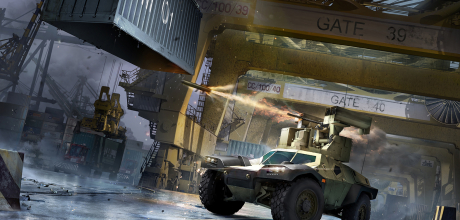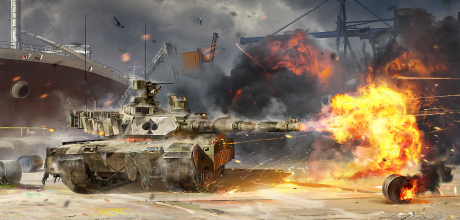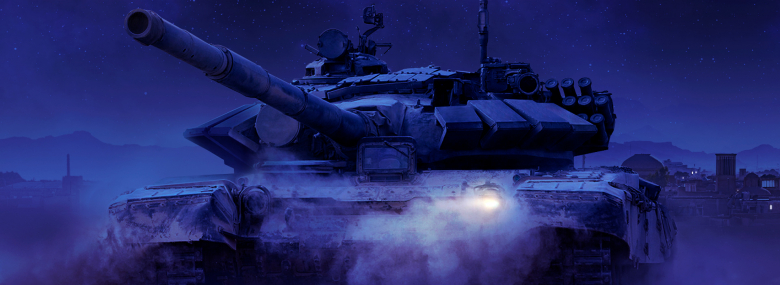
Commanders!
In the article about AMX-40, we mentioned that it wouldn’t be the only Tier 5 progression vehicle of the branch. Today, we’d like to introduce you to the second one – the AMX-13 DCA Armored Fighting Vehicle.
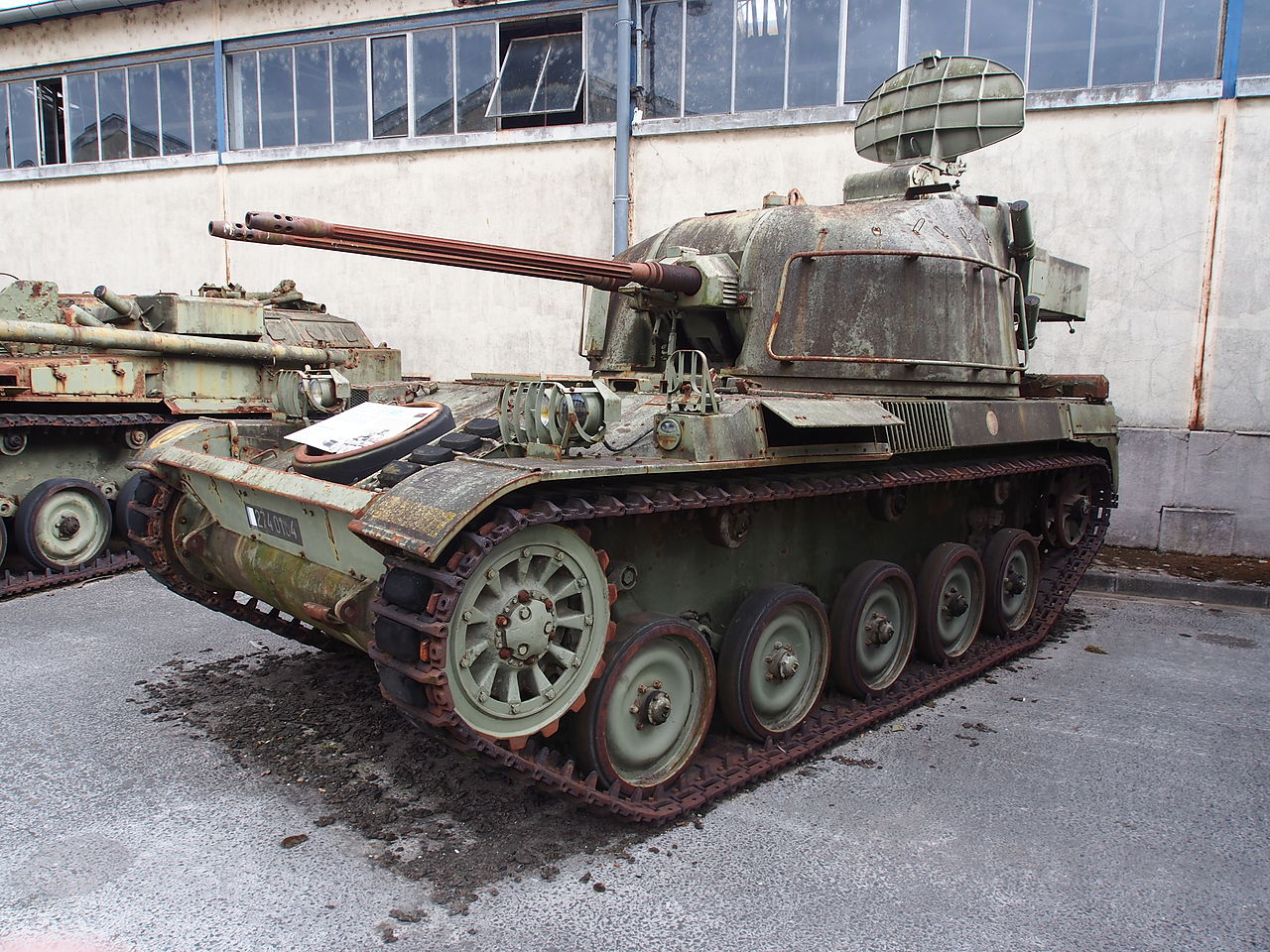
AMX-13 DCA
As you’ve probably guessed from the name, the AMX-13 DCA is an offshoot of the AMX-13 Light Tank. Let’s talk about that one for a minute before we get this specialized variant.
By the late 1940s, the French still clung to their colonial dominion in Indochina and light air-transportable vehicles were essential for the creation of rapid deployment forces that could be moved abroad within relatively short amount of time and the AMX-13 was designed for that very purpose.
The AMX-13 was first designed in the late 1940s and continues to serve today in an upgraded form. Lightly armored but well-armed, it was initially built as the perfect tool for colonial service and became a popular French export article.
Its most distinctive feature is the oscillating turret armed with a 75mm gun fed by an automatic loading mechanism. At the time of its introduction, the oscillating feature was a novelty, its main draw being the ability to mount a rather large gun on vehicles with small turret ring diameters, allowing even compact Light Tanks to be armed with guns usually reserved for much heavier vehicles. The turret consists of two parts, the lower part connected to the turret ring and the upper part connected to the lower part by the means of a trunnion set. The upper part moves up and down along with the gun itself on the trunnions, allowing for considerably better gun depression that would otherwise not be possible.
The French 75mm gun, actually developed from the Panther gun, was fed by two 6-round drums and an automatic loader. Contrary to popular belief, the drums could actually be reloaded from inside of the vehicle but the process was extremely slow, awkward and practically impossible to perform while the vehicle was moving. Shooting all 12 rounds from both drums usually meant the vehicle had to retreat to safety before the crew could reload.
The turret itself had some considerable drawbacks as well: it was cramped and impossible to overpressurize. The latter is an inherent flaw of any oscillating turret – vehicles equipped with it cannot be made impervious to NBC threats and therefore cannot be operated in contaminated areas. It is also mechanically more complex and less reliable. The combination of these elements eventually prevented widespread adoption of the design, although the Americans conducted a number of experiments with it using prototype vehicles such as the T69.

AMX-13
In spite of these issues, the AMX-13 has proven to be a very successful design. Light and agile, it took part in several wars (including the Six Day War and the Indo-Pakistani conflict of 1965). While it cannot fight on equal terms with even older Main Battle Tanks, its small size and considerable firepower make it ideal for low intensity conflicts where the enemy is not expected to operate a large amount of armor or anti-tank weapons.
Given its success, it’s therefore no wonder that the rugged and reliable design spawned a large number of variants. There was an AMX-13-based APC, there were several artillery pieces, an ARV, but the one we are interested in today is an anti-aircraft vehicle variant called DCA.
The name AMX-13 DCA stands for “défense contre avions” (anti-aircraft defense). It is basically a late version of the AMX-13 hull combined with a large turret that houses two automatic cannons. The purpose of the vehicle is to provide highly mobile short range aerial protection.
This approach was based on the lessons of the Second World War where such vehicles were actually quite effective against the fighter-bombers of the era. Interestingly enough, not because they’d hit something – sometimes they did, but that wasn’t their primary purpose. Both sides of the conflict found out throughout the war that if they armed some mobile vehicles with lots of machineguns or autocannons with tracer rounds and would immediately start firing as soon as they spotted an enemy plane, they more often than not wouldn’t get attacked at all. All pilots were very conscious about keeping their bodies hole-free and would generally avoid units covered with intense and visible tracer fire. Especially the Germans excelled in this tactic, that’s why many of the late war German AA designs featured quad autocannons.
The French started dabbling with AMX-13 hulls as early as the 1950s. In 1956, the first AMX-13 DCA prototypes appeared, armed with a single 40mm L/70 Bofors gun in a massive boxy turret called SAMM S-980. The idea was good, but the gun was way too heavy and powerful for the AMX-13 turret. Firing vibrations would rock and shake the vehicle, causing major accuracy losses. The rate of fire was also too low for what it was supposed to do and the early surface-to-air missiles appeared, at the time, as a more viable option. The development program was shelved two years later and would remain dormant for another decade.
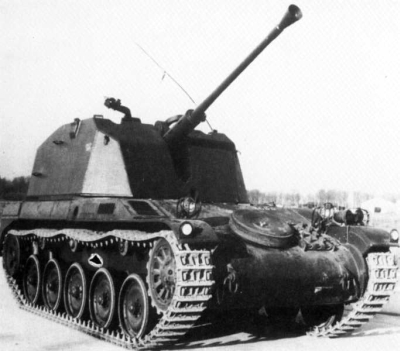
AMX-13 DCA 40mm
In the mid-1960s, the company AMX would return to the project with a brand new SAMM S 401.A armored turret fitted with two 30mm Hispano-Suiza HS 831.A autocannons and, more importantly, an advanced targeting system controlled by the Thomson-CSF Oeil Noir (“Black Eye”) that included a rotating doppler radar, allowing the system to engage low-flying targets (altitude of up to 1000 meters) at 5km or less. The radar itself was developed by EMD (Électronique Marcel Dassault) and could detect targets 12km away and flying 3km high.
The turret wasn’t, however, only useful against aircraft. It had special sights (APX M 250) to engage ground targets as well. This was only logical – using AA guns against ground targets was another Second World War idea. These guns were generally extremely deadly against infantry – the American M16 system with quad 12.7mm machineguns even earned a truly fearsome name: “Meat Chopper” for its ability to “deal with” infantry assaults. The Americans used AA guns against infantry in the Vietnam War, the Soviets would use them in Afghanistan, the Czechoslovak “Lizards” were used during the civil war in Yugoslavia etc.
In order to work in both roles, the AMX-13 DCA guns not only had to have high rate of fire (300 rounds per minute for each) but had to be capable of elevating and depressing accordingly – maximum elevation was +85 degrees, maximum depression was -5 degrees. Accordingly, the turret was capable of very fast rotation (80 degrees per second) in order to keep up with flying targets. The gun could fire in 5 round bursts, 15 round bursts or continuously. On the other hand, they were not stabilized so the vehicle had to be standing in order to hit anything.

The whole vehicle was only very lightly armored with 10-20mm of steel protecting the crew from small arms only – after all, this wasn’t supposed to be exactly a frontline fighter. It was, on the other hand, very light and mobile – its 17 tons were moved around by the 250hp SOFAM 8Gxb 250hp engine. The maximum speed was some 60 km/h. Only about 60 of these vehicles were made starting from 1969. They were never exported or used in combat and were phased out in the early 1990s, remaining only a footnote in the French military history.
In Armored Warfare, on the other hand, this vehicle will be quite noticeable. As was stated above, this will be a Tier 5 Armored Fighting Vehicle and a progression alternative to the AMX-40. In its basic initial form, it will be a light tracked AFV with two rapid-fire autocannons and generally average values. There are, however, two things that make it very special.
The first is the Black Eye radar that can be switched on and off as an active ability. When switched off, the vehicle has good camouflage factor and an okay viewrange. Switching it on, however, instantly increases the view range to the best value in the game. On the downside, running active radar like that on the battlefield will make the vehicle stand out like a sore thumb – the camouflage factor will drop significantly, which will make it very easy for an enemy to detect you.

But this ties in to the second special feature, which is an extension of what we already discussed in the past articles about the French vehicles – the matter choice. AMX-13 DCA upgrade tree will feature a number of mutually exclusive options that have a lot of impact on how the vehicle performs in battle. Generally speaking, it will be possible to configure the vehicle in two different directions:
- Either it will be an active scout with high camouflage factor and a powerful, very fast-firing set of autocannons (800 RPM) but with poor accuracy and only average viewrange, mobility and hitpoints value, effectively a close combat ambusher
- Or it can be an incredibly potent long-range spotter with an accurate but slow-firing set of guns, mediocre camouflage and mobility
Those, of course, are not your only options – you will be able to select from different modules to configure the vehicle the way it suits you the best.
We hope that you will enjoy this vehicle and will see you on the battlefield!




